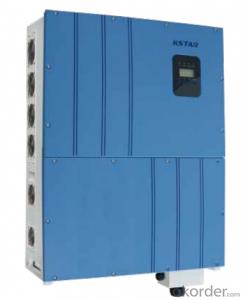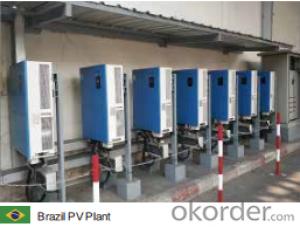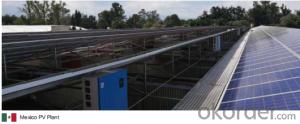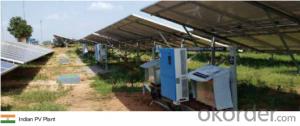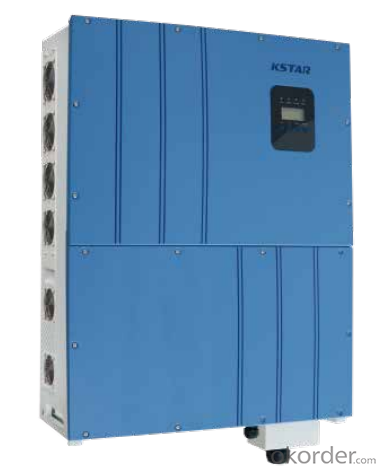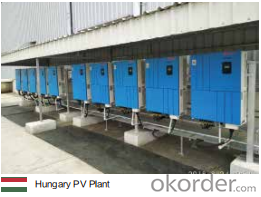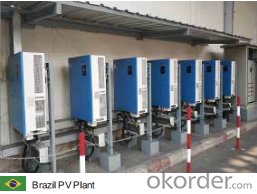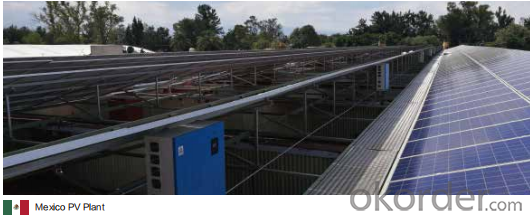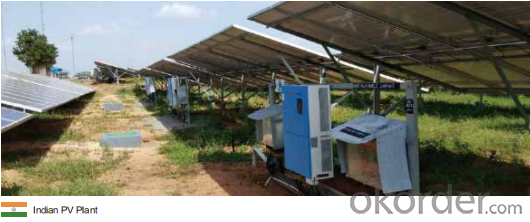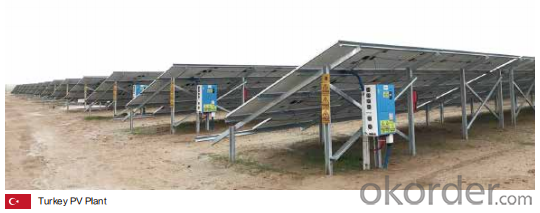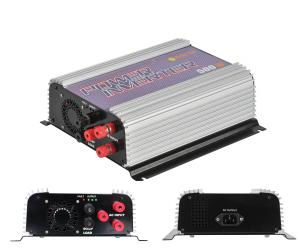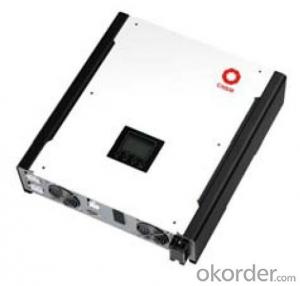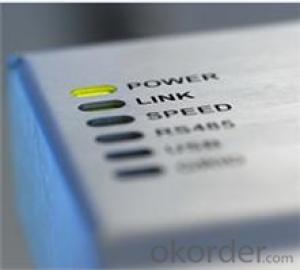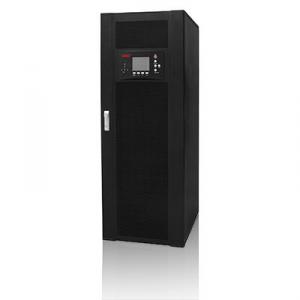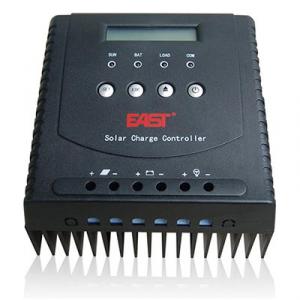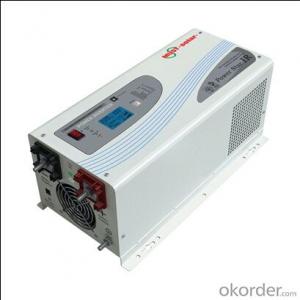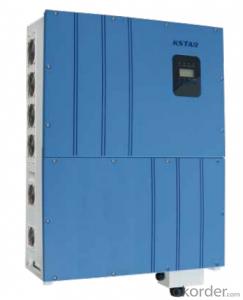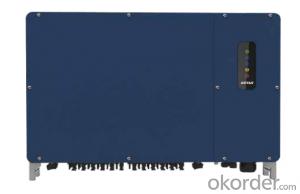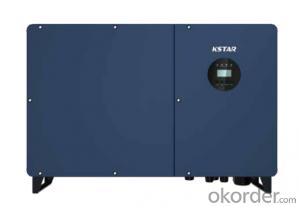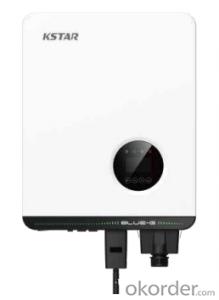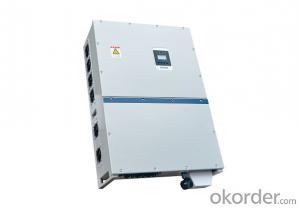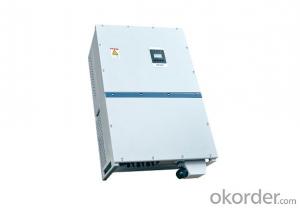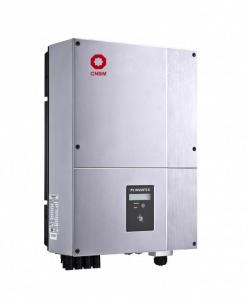Solar String Grid-Tied PV Inverter KSG-50K / KSG-60K
- Loading Port:
- China main port
- Payment Terms:
- TT OR LC
- Min Order Qty:
- 50 pc
- Supply Capability:
- 15000 pc/month
OKorder Service Pledge
OKorder Financial Service
You Might Also Like
Specification
Product Description:
★Max. PV voltage up to 1000V Three MPPT
★DC/AC Type Ⅱ SPD optional Positive DC fuse optional
★High efficiency up to 98.6% String monitoring optional
★Reactive power controller LVRT/HVRT/FRT function
Technical Specifications:
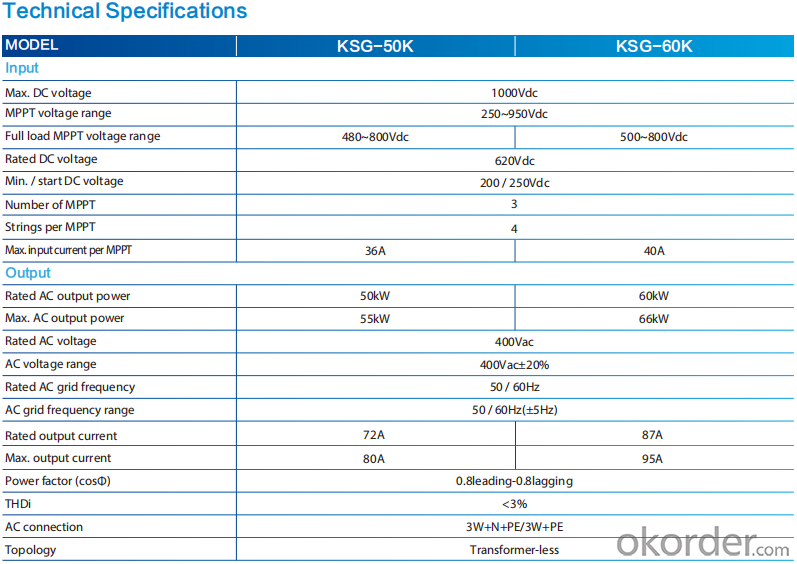
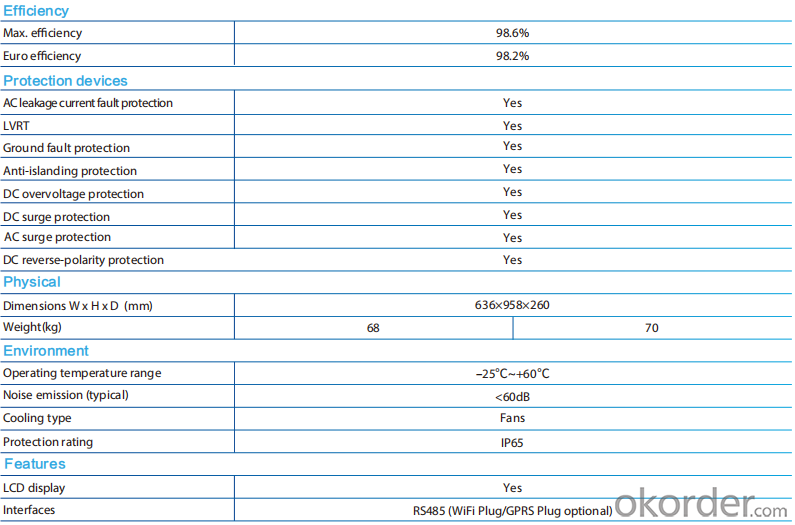
FAQ:
Q:How the output voltage of the PV inverter and the grid-connected voltage are determined
Inverter is the DC power (battery, battery) into alternating current (usually 220V, 50Hz sine wave). It consists of inverter bridge, control logic and filter circuit. Widely used in air conditioning, home theater, electric wheel, power tools, sewing machines, DVD, VCD, computer, TV, washing machine, range hood, refrigerator, video recorders, massage, fan, lighting and so on. In foreign countries
Q:Installation and maintenance of photovoltaic grid - connected inverter
only when the local power sector permission by the professional and technical personnel to complete all the electrical connection before the inverter can be connected.
Q:What is the difference between a PV grid-connected inverter and an off-grid inverter?
Off-grid inverter is equivalent to their own to establish an independent small power grid, mainly to control their own voltage, is a voltage source.
Q:After the PV inverter, how to achieve the same period before the network?
Solar panel simulator: with MPPT function, simulated morning, noon, afternoon, evening, rainy weather, solar panels produced under different conditions in different voltages.
Q:Is the PV inverter a current source or a voltage source?
According to the waveform modulation method can be divided into square wave inverter, stepped wave inverter, sine wave inverter and modular three-phase inverter.
Q:Photovoltaic grid-connected inverter without DC emc how will happen
Solar photovoltaic power generation technology is the use of solar cells, the photovoltaic effect of semiconductor materials, solar radiation can be directly converted into a new type of power generation system, solar energy is a radiant energy, solar power means --- to direct conversion of sunlight Into electricity,
Q:What is the difference between low voltage grid connection and medium voltage grid connection?
For photovoltaic power plants when the power system accidents or disturbances caused by photovoltaic power plant grid voltage drop, in a certain voltage drop range and time interval, the photovoltaic power plant can ensure that non-off-line continuous operation.
Q:Is the grid side of the grid and the inverter?
The grid load side of the grid is the grid. The inverter is an important part of the PV grid-connected system and can not be regarded as an external load. Photovoltaic power generation system is included in both grid and off-grid.
Q:PV grid-connected inverter and independent inverter in the control of what is the difference
The independent inverter in the output voltage phase amplitude of the frequency control is initially set good. Independent inverter, you should refer to off-grid inverter, do not need to consider the grid situation.
Product Images:
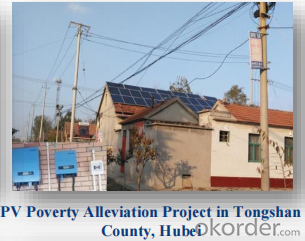
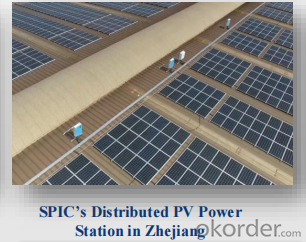
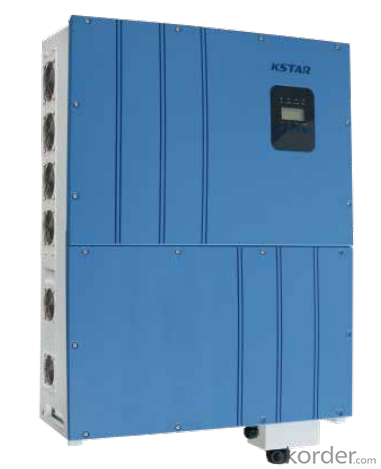
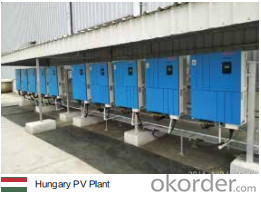
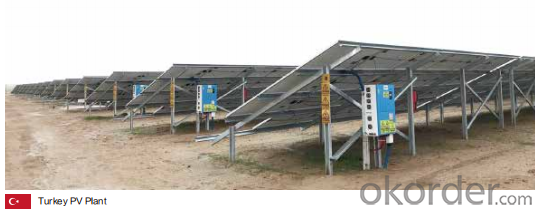
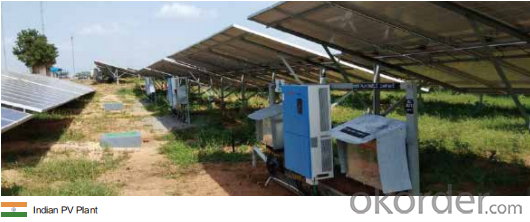

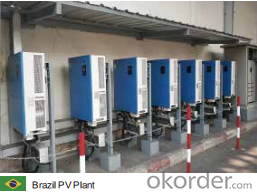
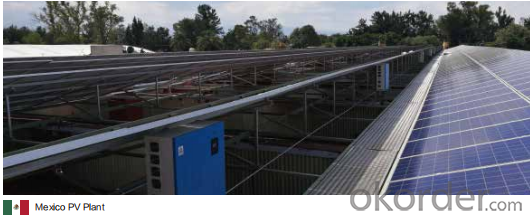
Production Process Photos:
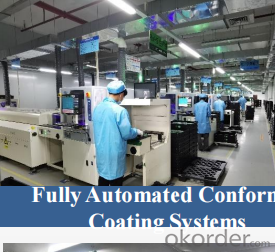
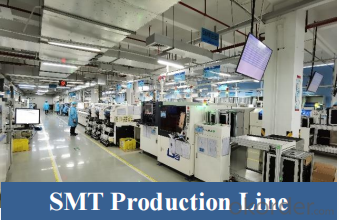
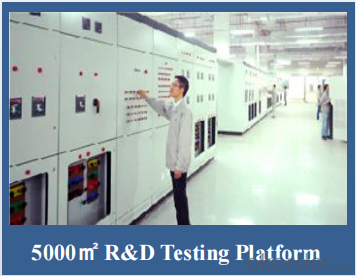
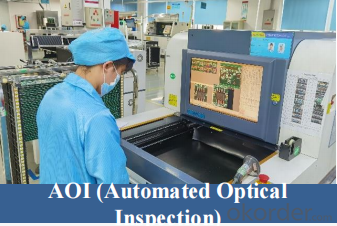
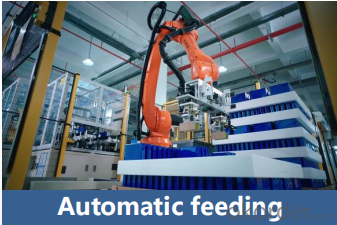
- Q: How does a solar inverter handle power surges or fluctuations?
- A solar inverter handles power surges or fluctuations by using advanced circuitry and protective measures. It typically includes surge protection devices that can absorb excessive voltage spikes, diverting them away from the system. Additionally, the inverter continuously monitors the grid voltage and adjusts its own output accordingly to maintain a stable and safe supply of electricity.
- Q: Can a solar inverter be used in a ground-mounted solar tracking system?
- Yes, a solar inverter can be used in a ground-mounted solar tracking system. In fact, the solar inverter is an essential component of the system as it converts the DC electricity generated by the solar panels into AC electricity that can be used to power appliances and be fed into the grid. The solar inverter's functionality remains the same whether it is used in a ground-mounted solar tracking system or a fixed tilt system.
- Q: How does shading impact the performance of a solar inverter?
- Shading can significantly impact the performance of a solar inverter by reducing the overall energy production of the solar panels. When certain parts of the solar panel are shaded, it creates an imbalance in the current flow, resulting in a decrease in the energy output. This can lead to a decline in the overall efficiency and power generation of the solar inverter. To mitigate this issue, technologies like bypass diodes are used in solar panels to minimize the impact of shading and ensure optimal performance.
- Q: Can a solar inverter be used with a solar-powered air cooling system?
- Yes, a solar inverter can be used with a solar-powered air cooling system. The solar inverter is responsible for converting the direct current (DC) generated by the solar panels into alternating current (AC) that can be used to power the air cooling system. This allows the system to operate efficiently using solar energy.
- Q: What is the expected lifespan of a solar inverter?
- The expected lifespan of a solar inverter can vary depending on several factors such as the quality of the equipment, usage patterns, and maintenance. On average, a well-maintained solar inverter can last between 10 to 15 years. However, some high-quality inverters have been known to last up to 20 years or more. Regular maintenance and monitoring can help prolong the lifespan of the inverter and ensure optimal performance throughout its lifespan.
- Q: Can a solar inverter be used with a solar-powered swimming pool heater?
- Yes, a solar inverter can be used with a solar-powered swimming pool heater. A solar inverter is responsible for converting the direct current (DC) energy produced by solar panels into alternating current (AC) energy that can be used to power appliances and devices. In the case of a solar-powered swimming pool heater, the solar panels generate DC energy from sunlight, which is then converted into AC energy by the solar inverter. This AC energy can be used to power the swimming pool heater and heat the pool water using solar energy.
- Q: How does a solar inverter handle voltage drop in long cable runs?
- A solar inverter compensates for voltage drop in long cable runs by boosting the voltage to ensure efficient power transmission.
- Q: Can a solar inverter be used with solar-powered emergency backup systems?
- Yes, a solar inverter can be used with solar-powered emergency backup systems. The solar inverter converts the direct current (DC) generated by the solar panels into alternating current (AC), which can be used to power various appliances and equipment during emergencies. This allows for the efficient utilization of solar energy stored in batteries to provide backup power when the grid is down.
- Q: What are the common fault indications in a solar inverter?
- Common fault indications in a solar inverter can include error messages on the display panel, blinking lights, sudden shutdowns or restarts, abnormal noise, overheating, and fluctuations in power output.
- Q: What is the maximum efficiency of a solar inverter?
- The maximum efficiency of a solar inverter typically ranges from 95% to 98%.
Send your message to us
Solar String Grid-Tied PV Inverter KSG-50K / KSG-60K
- Loading Port:
- China main port
- Payment Terms:
- TT OR LC
- Min Order Qty:
- 50 pc
- Supply Capability:
- 15000 pc/month
OKorder Service Pledge
OKorder Financial Service
Similar products
Hot products
Hot Searches
Related keywords
